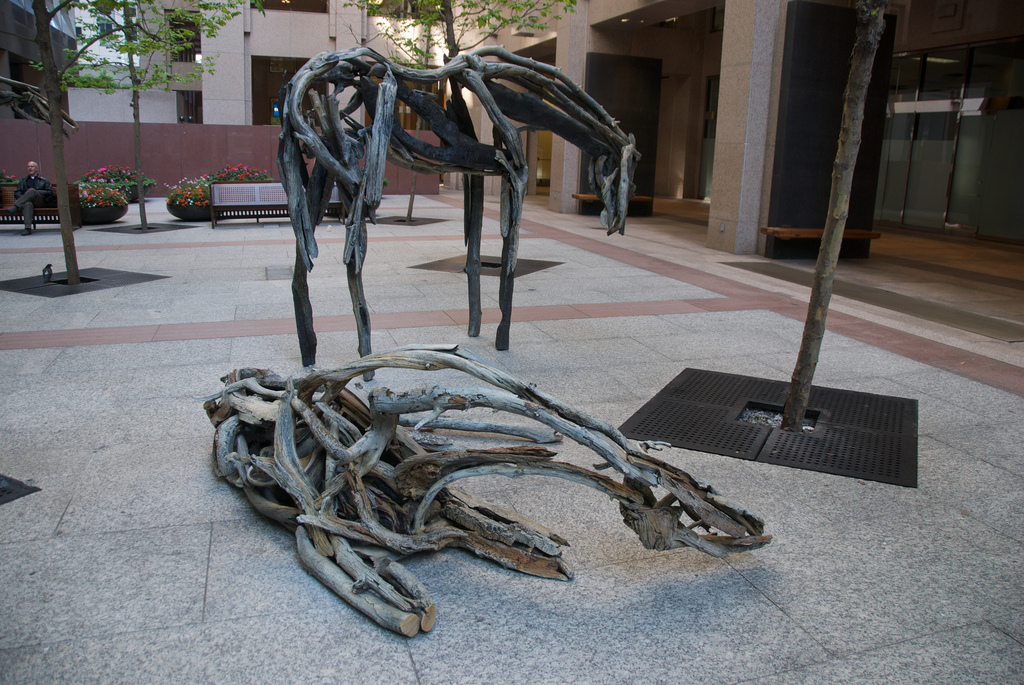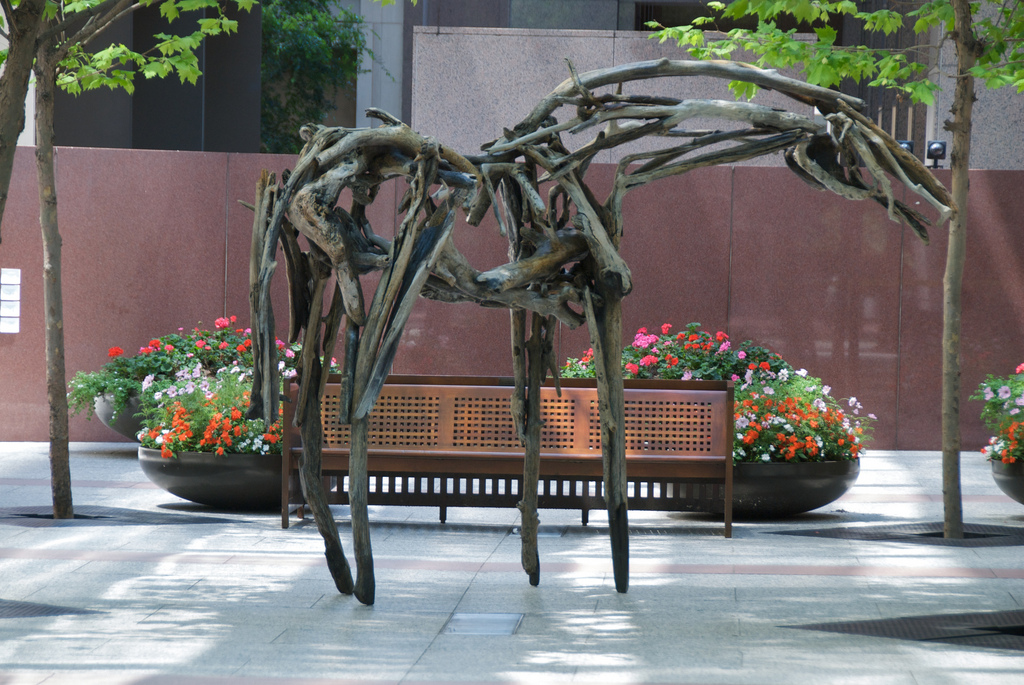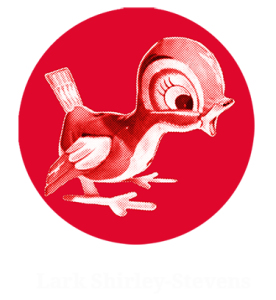Writings
The rise of patterns and the emergence of HDTV
Over the past few years, pattern has grown more prevalent in interiors. I think this can be attributed this to several things:
- Pendulum swing. In the early part of this century design was dominated by simplicity, Real Simple Magazine and the basic upholstery covers in the Pottery Barn catalog. After all that plain-ness it’s only natural that we would crave something more interesting.
- Shifts in the textile industry. There are fewer US fabric mills these days and in the years leading to the decline, it’s only natural that the mills would stick to safe solids than risk their futures on an extreme pattern.
- The higher adoption rate of HD TVs. It may not seem immediately logical to attribute interior design trends to an entertainment technology, but I believe that the correlation is clear.
A few years ago Gene Gable (one of my favorite contributors to CreativePro.com) wrote a column on how printing technologies influenced interior design trends. Certain colors could be reproduced easier than others on an offset press (full-color printing). The featured examples all came from the mid-20th century (circa 1950 – 1975). Art directors at magazines would know what could be printed well and would select feature photos based on what would translate well to print. the public is influenced by and responds to the aesthetics presented to them in various media.
Fast-forward to the 21st century and images are clearer than ever. For the first time the television audience could see all the detail in the scenes presented to them. It’s easier to hide imperfections in patterns. When you photograph or film a solid field in high-resolution, every little speck shows up. Pattern disguises soil and imperfections. The clothing details of people filmed for HD TV shows up more clearly than it did on old tube TVs. The old rules of what you can wear on camera have started to evolve. The higher resolution of the technology has even allowed a few media creators to go wild with pattern. “Pushing Daisies,” a quirky show which aired on ABC from 2007 to 2009, incorporated pattern, often multiple patterns, in almost every scene. The phrase “pattern drunk” always came to mind when I watched the show.
I am really enjoy all the pattern that I’m seeing these days, whether it’s a lattice-like linear geometric designs, or a fun and funky flocked floral.
High Art and Home Accessories
Last April I was walking through the temporary exhibits in the design wing of the IHFC during the High Point Market when something caught my eye: a horse head assembled from driftwood. This is one of the major, semi-annual markets of the furniture industry and what was remarkable about the site was that it seemed that the furniture industry was catching up on breakthrough art from 25 years ago. I studied art as an undergraduate in the late 1980’s and early 1990’s and earned my BFA in 1992. Just about any of my classmates would have been able to see what I saw: the influence of sculptor and painter Deborah Butterfield. Butterfield’s work broke through the art scene in the early 1980’s. The subject matter of her work, in a variety of materials, was always the same: horses. Her sculptures often embody the lyrical movement of horses through the found materials, often wood, used to construct the bodies of horses.
Here are a couple of photos of Butterfield’s work taken by Steve Rhodes in a 2009 San Francisco installation.

Deborah Butterfield's sculptures of horses at 425 Market St., San Francisco, CA; September 14, 2009; photographed by Steve Rhodes.
The variations that are being offered by several accessory wholesalers are smaller, are composed of more, smaller pieces of wood and typically are horse heads only, not full bodies.

Deborah Butterfield's sculptures of horses at 425 Market St. San Francisco, September 14, 2009; photographed by Steve Rhodes.
It’s gratifying to see such interesting objects, but at the same time, the artist in me is disturbed to see how easily Butterfield’s influence is co-opted by these wholesalers. What makes it even more confusing for an artist turned furniture industry insider is the apparent origin of the drift wood horse in the home furnishings: a company called “The Phillips Collection” (www.phillipscollection.com). One of the premier collections of impressionist through modern art in the US is known as “The Phillips Collection” (www.phillipscollection.org) and is located in Washington DC.
I’m not even going to comment about the pieces that I saw at Market that brought sculpture Louise Nevelson to mind – I’ll save those comments for another post!
Should interior designers be licensed?
Right now the Pennsylvania state legislature is debating about whether or not licenses should be required for interior designers. This has generated a lot of negative reactions from the public, primarily because the news of the deliberations broke before the budget had been passed by for the fiscal year. Twenty-six states require interior designers to be licensed and lobbies in several other states are bringing the issue to their local legislators.
Truth be told, I’m ambivalent on the matter. My mother once suggested that I go back to school and study interior design. I dismissed the idea because the states that require licenses generally require two to four years of education plus an additional year of internship. I already have a Bachelor degree and a Masters. I am not eager to spend the money on yet another degree, so I treat it as a hobby that benefits my career in the furniture industry. I do have to suppress the impulse to rearrange all the furniture in the homes of my relatives when I go visit.
There are two major interior design organizations in the US: American Society for Interior Design (ASID) and Interior Design Society (IDS). These are the organizations that write the tests for licensure. IDS was initially started by the National Home Furnishings Association (NHFA) to develop a retailer-friendly certification that would provide training to their staff and give credibility to their advice; IDS has broken off from the parent organization and has taken a more restrictive approach to the title of Interior Designer.
As you ponder the debate, here are some things to keep in mind:
- A significant majority of students who graduate with a degree in Interior Design do not work in the field for more than a couple of years.
- Certification tests developed by national organizations may not adequately address local building codes.
- Interior Designers may have access to sources that the general public does not.
- Independent Designers work without many of the overhead costs that retailers do, and may pass the associated savings on to their clients.
- Most manufacturers charge Interior Designers more for their products because they cannot sell the same volume of merchandise that a retailer can.
- The study and practice of Interior Design has real benefits for the individuals who live and work in the spaces they create.
So, given all the information above, here are my conclusion:
- Interior Designers are talented and educated individuals that provide a service that is in demand.
- The services of a trained Interior Designer can be important to the functionality of private spaces and vital in public spaces.
- Egos can inflate the importance of any individual, organization or career field in the grand scheme of things.
Steam Punk & Pseudo Industrialism
The stand-out style in the furniture showrooms this April in High Point looked like they were found in a French flea market. While a few manufacturers kicked-off this style last year, the look was in full force with many imitators in many different showrooms. In general, the aesthetic includes raw, scrubbed wood finishes combined with metal in dull gun metal tones or with an oxidized patina. The lines on some of the case goods are utilitarian with sparse ornamentation and it is that aspect, in particular, that I find so very intriguing.
There is a faux aura of history to these pieces. At a few manufacturers some of the lumber may be reclaimed, but not enough to claim that the aesthetic is inspired by a desire to be “green.” For the most part, they are newly manufactured.
I believe the aesthetic is stemming from a nostalgia for the past as a reaction to all the amazing technology that is a part of our modern life. This is where “steam punk” comes into the picture. “What’s steam punk?” you say? Imagine that the steam engine, the pinnacle of technology in the Victorian era, was as good as it got and that all technology from that point forward was based on steam technology. Here’s another way to understand the aesthetic – you know the clockwork bad guy in the “Hell Boy” movie? He ran on steam. If you want to see the aesthetic in action, go to Etsy.com, type in steam punk and you will get 196 pages (over 500 individual items) of jewelry, clothing, accessories and decorative items that illustrate the style.
I won’t claim that the furniture designers are steam punk enthusiasts. But I will say it seems that there is a romantic nostalgia manifesting in furniture that is similar to the romantic nostalgia in the steam punk aesthetic. There is an implied narrative to the objects; it is as if the objects had a prior life that was very different form our own here and now. It’s like they came from an industrial past that never was. Contrast this with high def flat screen TVs and iPads and it seems that we are trying to compensate for the sterility of our modern technology by inventing an alternate past for the objects around us.

Recent Comments